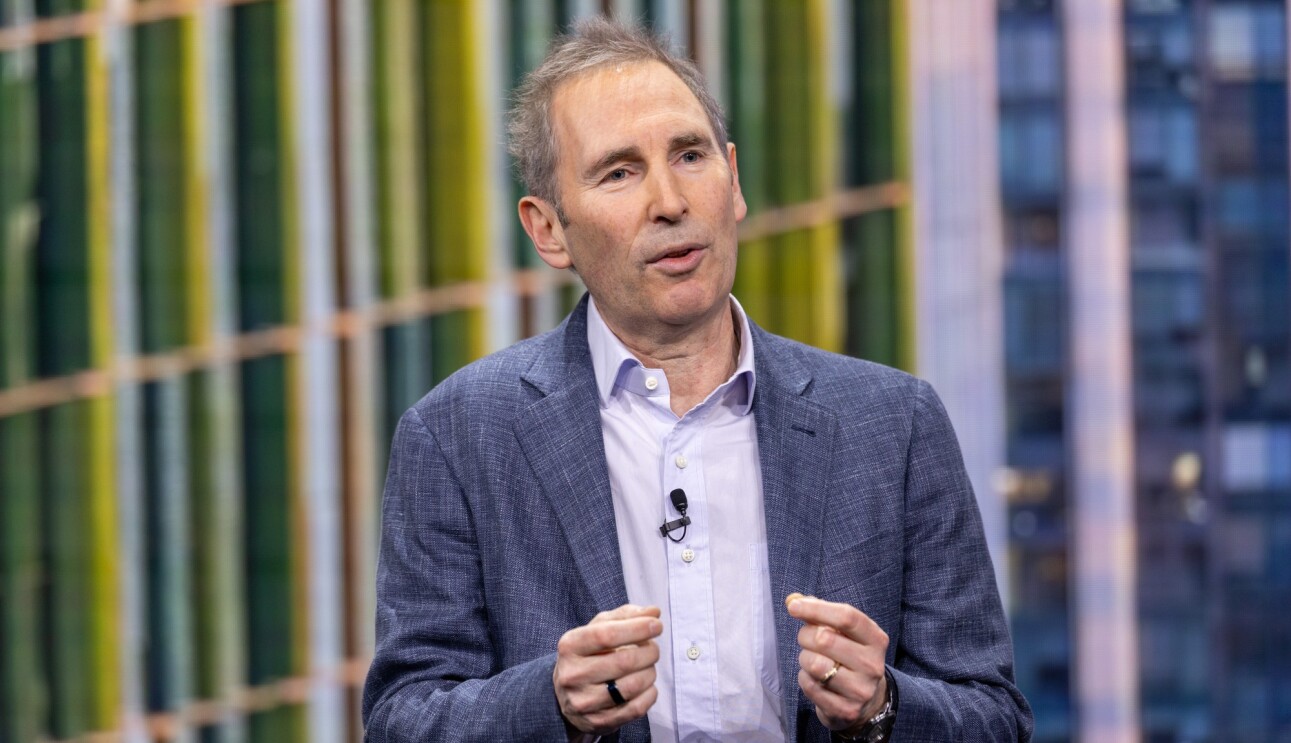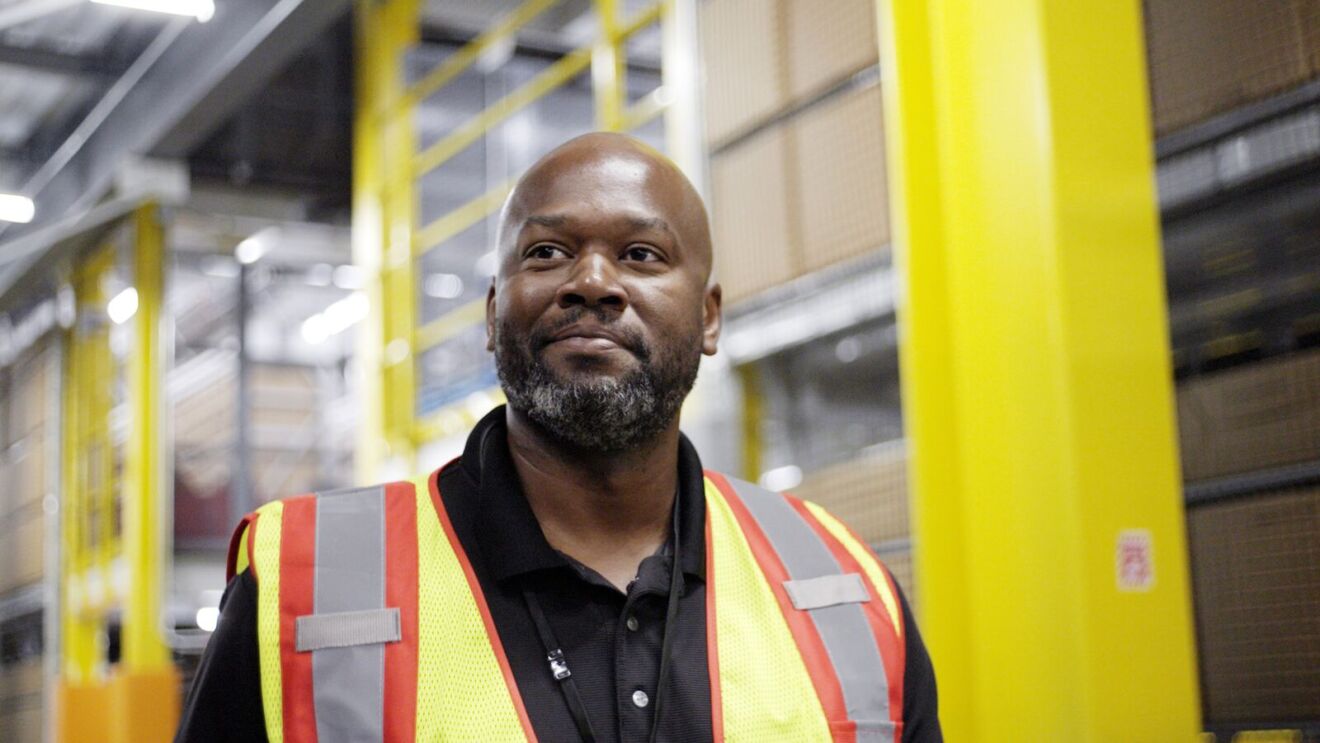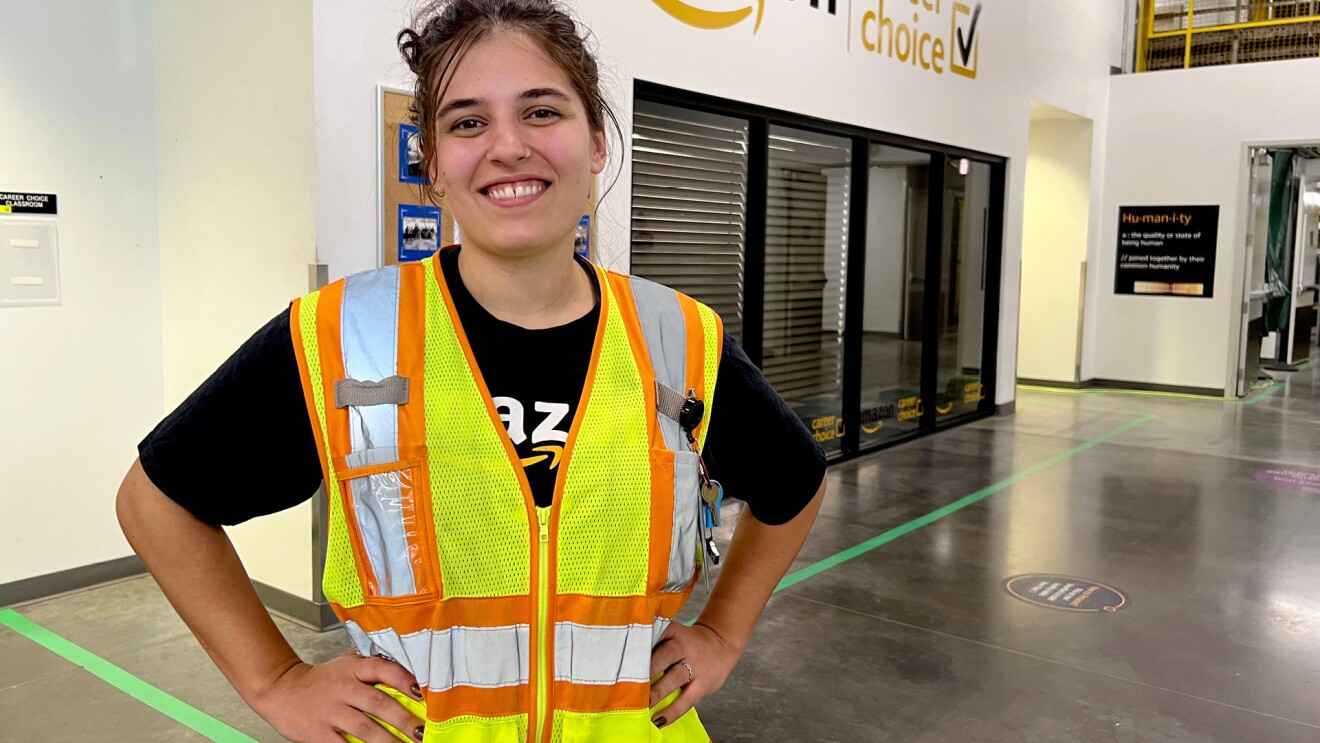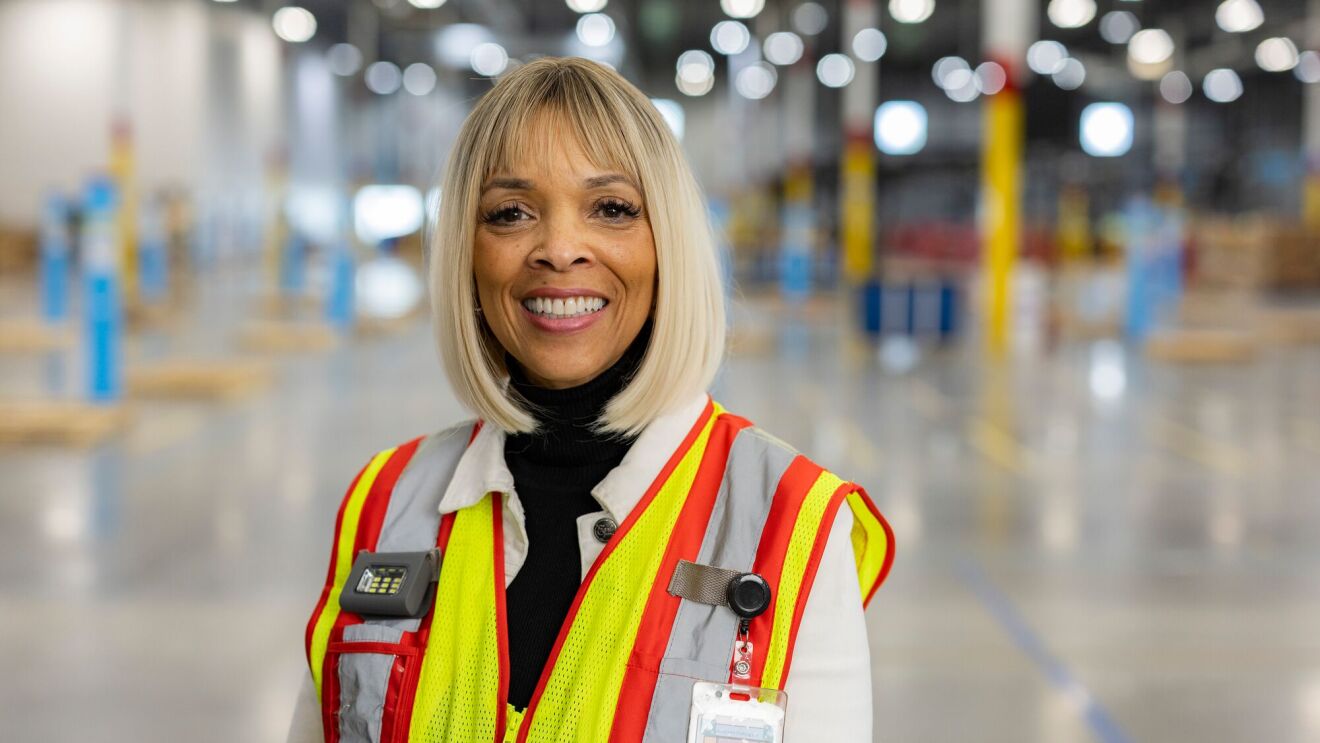 Rhoads piloting an F/A-18F Super Hornet.
Rhoads piloting an F/A-18F Super Hornet. Photo by Ryan Barta
Photo by Ryan BartaPage overview
Crawl, walk, run
Effectively executing on a long-term vision isn’t like a light switch you can simply turn on and off. It’s important to be methodical and develop a thorough plan with test runs, when possible, before charging ahead at full speed.
My team takes a "crawl, walk, run” approach to nearly everything we do, and we build plans with reversible phases incorporated. We typically run trials before we actually deploy a new technology or process broadly, which helps set us up for long-term success. For example, we may test a new technology in a single fulfillment center (crawl), then if we see positive results, we look to scale it to several facilities in the same country (walk), then we eventually introduce it worldwide across our operations (run).
This "crawl, walk, run” approach was also commonly used during my time in the Navy. There’s about a year and a half of training between flying an aircraft by yourself for the first time (aka “solo”) and landing on a moving ship at sea. Student naval aviatorsstart with a single-engine propeller airplane, operating from land only. Then they work their way up to flying a jet, learning complex tactics and maneuvers, landing on a moving aircraft carrier, and breaking the sound barrier. It’s a gradual process that takes some time, but the thorough training is important since safety and excellence is critical, just like it is at Amazon.
 Rhoads at the Amazon Global Air Hub while under construction at the Cincinnati-Northern Kentucky Airport, KCVG.
Rhoads at the Amazon Global Air Hub while under construction at the Cincinnati-Northern Kentucky Airport, KCVG.Clear priorities are an essential part of an effective plan. I’ve found that you’re more likely to achieve success when you and your team have a solid understanding of the priorities guiding your decisions. I like to think of prioritization using a term we used in Naval Aviation: “Aviate, Navigate, Communicate.”
 Rhoads in an F/A-18F Super Hornet.
Rhoads in an F/A-18F Super Hornet.As a pilot, you're taught to fly the aircraft first—airspeed and altitude will keep you alive—then navigate to figure out and validate where you're going, and finally, to communicate (talk on the radio when necessary). This helps me think about how we prioritize things at Amazon. “Aviate” equates to safety and engagement with our employees as the top priority. Then we make sure we're taking care of our customers, so that would be the “navigate.” Third, we make sure we're taking care of our costs, which would line up with “communicate.”
This practice has helped me effectively prioritize important decision making on everything from flying a jet in harsh conditions to launching new programs to help keep employees safe at Amazon.
It’s important to have ambition, but a big part of accomplishing your long-term goals is working hard to nail the job at hand. Sometimes, people can become too focused on the next thing down the road and lose sight of the important work in front of them. Effective planning is about more than just your vision for the future, it’s also about taking care of what’s in front of you—and doing it really well.
A good example of this in practice comes from our work to keep employees safe at Amazon. While we are thinking big and long term to develop new technologies to make the workplace safer and deliver for customers, we’re also working hard to ensure employees feel safe and confident in their current workplace.
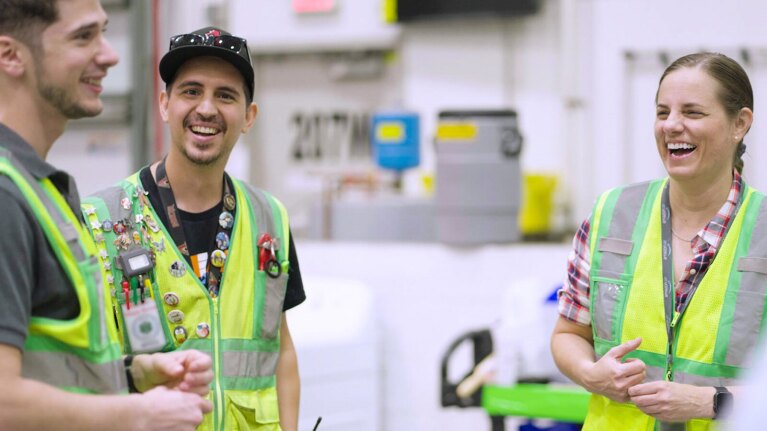
- I'm an Amazon VP who's grown with the company for 12 years. Here are my top 5 leadership tips for managers.
- I’m an HR executive at Amazon. These are 5 lessons I’ve learned about leading successful, inclusive teams.
- I'm a leader on Amazon's Last Mile Delivery team. These are 6 lessons I've learned in my career.
Trending news and stories



